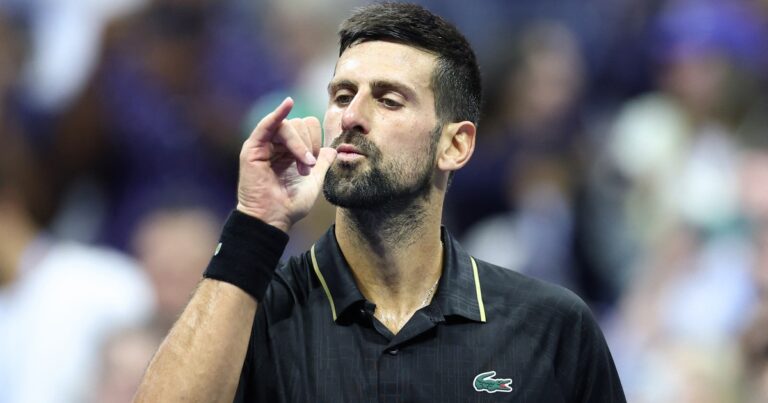By James Sutherland on SwimSwam

Competitor Coach of the Month is a recurring SwimSwam feature shedding light on a U.S.-based coach who has risen above the competition. As with any item of recognition, Competitor Coach of the Month is a subjective exercise meant to highlight one coach whose work holds noteworthy context – perhaps a coach who was clearly in the limelight, or one whose work fell through the cracks a bit more among other stories. If your favorite coach wasn’t selected, feel free to respectfully recognize them in our comment section.
Mecklenburg Swim Association’s National Prep coach Sean Quinn lands Competitor Coach of the Month honors after placing three swimmers on the U.S. World Junior Championship team and earning a role on the American coaching staff as an assistant.
Quinn has been leading the National Prep group at Mecklenburg under head coach David Geyer since 2021, having spent three years as an assistant at UNC and then two at SwimMAC Carolina.
Qualifying for the U.S. World Junior team from Mecklenburg this year were Mike Rice, Kayda Geyer and Norvin Clontz, all of whom had strong performances.
Rice, 17, won a gold medal after leading off the winning U.S. mixed 4×100 free relay team in a time of 49.80, which was under his official personal best time of 49.84 set in mid-July.
Two days later, Rice set a new PB of 49.49 in the prelims of the boys’ 100 free, advancing 3rd into the semis. Despite adding just over a tenth and ultimately finishing 9th in the semis in 49.61, his new best time moved him into 27th all-time in the boys’ 17-18 age group.
Rice also recorded a pair of sub-49 relay splits for the U.S., including anchoring the boys’ 4×100 free relay in 48.85 en route to a bronze medal. He was also 48.95 in the prelims of the boys’ 4×100 free relay, and added 49.13 and 49.40 anchor legs on the boys’ 4×100 medley relay that finished 5th.
Geyer, also 17, earned a spot on the team after a standout summer that included a big personal best in the 100 breast (1:09.37) in mid-May and then cracking the ‘A’ final in the 200 breast at U.S. Nationals in June when she clocked 2:28.79 in the prelims.
At World Juniors, Geyer was again a finalist in the 200 breast, placing 8th in 2:29.58, and she made the semis in the 100 breast, finishing 14th in 1:09.73.
Clontz, 18, set a PB in the 200 free (1:49.32) and a season-best in the 400 free (3:51.26) at U.S. Nationals to earn a berth on the team, and went on to finish 9th in the 400 free (3:51.86) and 24th in the 200 free (1:51.25) at World Juniors. He also split 1:49.07 in the prelims of the 4×200 free relay before the U.S. team was disqualified for an early takeoff.
The U.S. team topped the medal table at World Juniors with 10 gold and 22 total medals, earning them the World Aquatics Team Trophy for the competition.
Mecklenburg also sent a number of swimmers to the U.S. Junior National Championships at the beginning of the month, including Eliza Wallace, who was an ‘A’ final in the 50 breast (31.99) and 100 breast (1:09.62), placing 5th and 6th, respectively.
Since 1960, Competitor Swim® has been the leader in the production of racing lanes and other swim products for competitions around the world. Competitor lane lines have been used in countless NCAA Championships, as well as 10 of the past 13 Olympic Games. Molded and assembled using U.S. – made components, Competitor lane lines are durable, easy to set up and are sold through distributors and dealers worldwide.
Competitor Swim is a SwimSwam partner.
Read the full story on SwimSwam: Competitor Coach of the Month: Sean Quinn



















